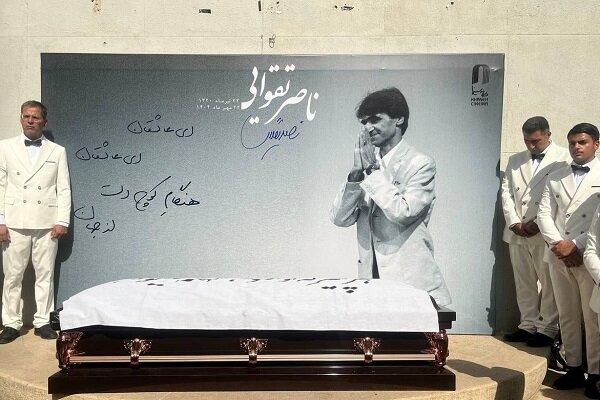Taghvai’s characters often face internal conflicts — loneliness, displacement, longing, or quiet rebellion. His direction draws natural, understated performances, avoiding melodrama in favor of quiet revelation. Unlike many of his contemporaries, Taghvai presented women as complex individuals rather than symbols. His female characters were often the moral and emotional centers of his narratives. Even his realistic settings carry metaphysical echoes — his films suggest that personal dilemmas mirror broader historical or moral crises.
Throughout his career, Nasser Taghvai fought to preserve artistic integrity in an environment of political upheaval and censorship. His refusal to compromise made him a symbol of creative resistance. In his later years, Taghvai turned increasingly toward writing, teaching, and mentoring young filmmakers. He conducted workshops on scriptwriting and film aesthetics, emphasizing narrative structure and moral responsibility in storytelling.


